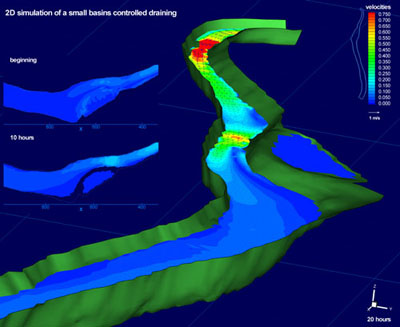iReservoir Optimizes Oil and Gas Recovery Methods
The Challenge: Understanding Complex Subsurface Fluid Interactions Before optimization of recovery methods for sub-surface oil and gas reservoirs can be obtained, a thorough understanding of the reservoir is required. These reservoirs have many complex structural, geological, and fluid characteristics that are impossible to fully understand using actual measurements and physical testing. Static and dynamic computer-based models and an arsenal of high-tech, computational tools are required to simulate reservoir performance and […]





